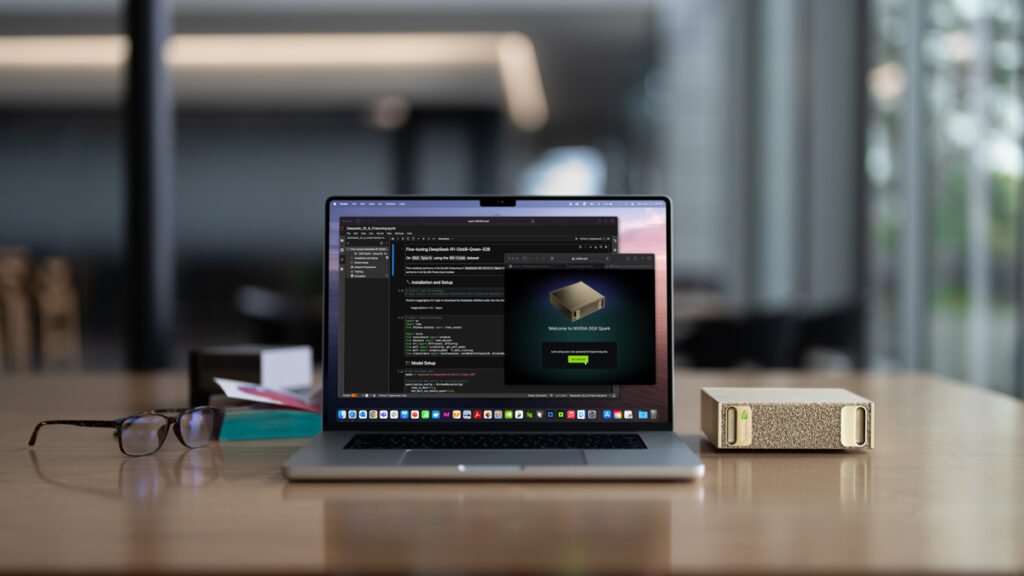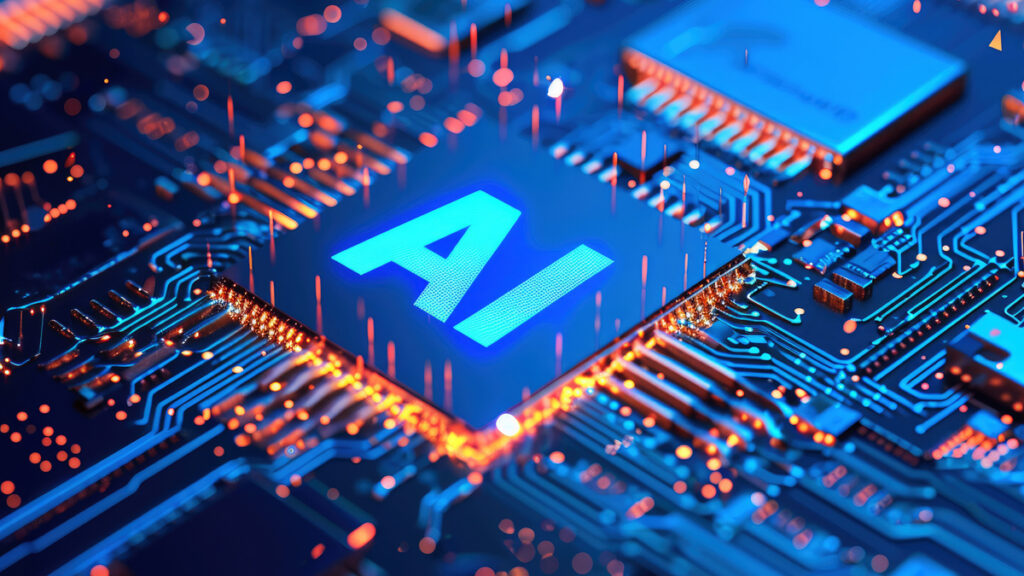Table of Contents
Edge AI silicon is getting much more capable, but how much will edge AI really handle?
Artificial intelligence is moving outside massive data centers. As silicon evolves, AI processing is spreading out, from cloud clusters to the chips inside phones, laptops, and other consumer devices. That represents a slight shift – so far, AI has been largely confined to massive data centers built to handle training and inference of equally massive models. Now, advances in specialized hardware are shifting that balance a little.
Powerful NPUs from companies like Qualcomm, Apple, and Intel are enabling more of the work to happen at the edge. But that, of course, raises questions about the share of AI inference that’s likely to happen in the cloud in the future – and how much of it will actually take place on our everyday devices.
Benefits of AI at the edge

As NPUs and specialized accelerators become more capable, devices can handle inference workloads that once required racks of GPUs in a data center. That change delivers a set of tangible benefits.
The biggest benefit, of course, is higher responsiveness and lower latency. Dedicated AI cores can process data in real time, without sending it to a remote server. Qualcomm’s latest Snapdragon platforms, for instance, combine high-throughput NPUs with tightly coupled memory systems to minimize round-trip delays and deliver consistent low-latency inference. There are also obvious privacy implications, especially as it relates to the use of sensitive data.
Because NPUs can handle inference locally, they can adapt models to individual users in ways the cloud cannot. Qualcomm’s Sensing Hub or Apple’s Neural Engine can continuously fine-tune suggestions, camera modes, and voice recognition, without requiring new data uploads or server retraining.
“Device-class NPUs are being developed at a rapid pace, so on-device will absorb more “personal context” tasks,” says Amir Khan, CEO and co-founder of Alkira, a network infrastructure-as-a-service company, in an interview with RCRTech. “But for multi-tenant agents, long context, and heavy multimodal reasoning, you’ll still want the elasticity and memory bandwidth of cloud inference.”
In short, silicon advances are what make edge AI viable. They’re enabling faster, more private, and more efficient intelligence that doesn’t rely entirely on the cloud.
Downsides to AI at the edge
As capable as today’s NPUs have become, running inference at the edge introduces its own set of challenges. Hardware and software fragmentation remains one of the biggest. Each chipmaker uses different SDKs, runtimes, and optimization stacks. That diversity gives each platform its own advantages but makes it harder for developers to deploy and maintain consistent AI experiences across devices.
Edge silicon is also inherently constrained by power, thermals, and memory bandwidth. A data center GPU can draw hundreds of watts and rely on advanced cooling systems, but a mobile NPU might only have a few watts to work with. Even as efficiency improves, compact devices can’t sustain the same intensity of computation, especially for large or continuous workloads. LPDDR memory and limited cache sizes further restrict how complex a model can be before performance or accuracy starts to drop.
Of course, there are other practical downsides to edge AI – like the limitations in flexibility.
“Keeping inference in the cloud makes sense if we want to experiment, build new integrations, and check if they make sense,” said Jarek Grzabel, AWS Cluster Lead, Cloud COE, and AWS Ambassador for SoftServe, in an interview with RCRTech. “It also allows us to choose and pick between different models to find the best fit and most cost-efficient option.”
Essentially, the same qualities that make edge AI appealing (mobility, efficiency, and privacy) also impose strict limits on its power and flexibility. The challenge ahead isn’t just making NPUs faster, but making the entire edge ecosystem more cohesive.
Hardware limitations

Even with rapid progress in chip design, edge AI still faces physical and architectural ceilings that silicon alone can’t immediately overcome. Power efficiency has improved dramatically, but transistor scaling no longer delivers the same leaps in performance it once did. As process nodes shrink, heat density and leakage become bigger concerns, forcing engineers to look beyond traditional scaling for gains.
Memory bandwidth is another persistent constraint. While unified memory and on-die caches have improved data movement between CPU, GPU, and NPU cores, edge devices are still bound by the limits of LPDDR and shared system memory. That’s a far cry from the high-bandwidth memory stacks and near-memory compute architectures now common in cloud accelerators. For edge AI, it means model compression and quantization remain essential.
Packaging innovation has become another frontier. Techniques like 3D stacking, chiplets, and advanced interposers promise to bring more compute and memory closer together while keeping power in check.
Still, there’s a limit to how much can be done in the space and power budget of a smartphone or laptop. The most capable AI silicon will continue to live in the cloud for the foreseeable future, while edge chips push efficiency and specialization to new extremes. The long-term challenge will be bridging those two worlds through smarter partitioning of workloads – and, increasingly, through co-designed hardware and software tuned for distributed inference.
“In my opinion, the next step will be related to the implementation of the LLM routers (what already exists) that will make smart routing decisions on which LLM to use for a specific task or there will be the models that will be doing just one specific job,” continued Grzabel.
Hybrid is the future
As edge silicon continues to mature, the future of AI will increasingly be about balance. The most efficient systems will blend the two, running smaller or time-sensitive tasks locally while offloading heavier, data-intensive workloads to the cloud. According to research from SNS Insider, the market size of edge AI chips is expected to grow from $21.40 billion in 2024 to $221.51 billion in 2032, driven largely by low-latency processing in things like smartphones, smart home devices, and autonomous vehicles.
What’s changing most rapidly is how much the edge can now handle. As NPUs in laptops and smartphones grow more capable, even mid-size models – the kind used for summarization, voice assistants, or image generation – can increasingly run entirely on-device. That doesn’t eliminate the cloud, but it does reduce its centrality. Instead of being the default, the cloud becomes the fallback for tasks that require access to larger foundation models or deep contextual reasoning.
“Distributed wins in the long term,” continued Khan. “Consumer devices will do more by default—wake-word, summarization, image cleanup, lightweight reasoning—then split when tasks exceed local memory, require retrieval across accounts, or need multi-agent coordination.”
And while a greater share of AI queries may happen locally, total demand for compute is still rising fast. We’re still early in AI’s adoption curve, and the sheer increase in volume will likely mean more cloud activity overall, not less. Hyperscalers will continue to expand their capacity to handle model training, fine-tuning, and large-scale inference, even as consumer devices take on a bigger share of day-to-day tasks.
Ultimately, as silicon advances on both ends of the network, AI will run wherever it makes the most sense in that moment, whether it be locally for responsiveness, or in the cloud for scale and depth.


